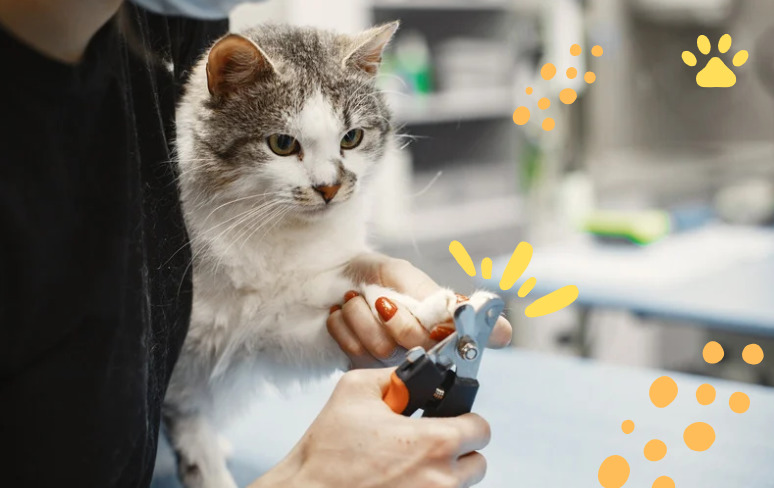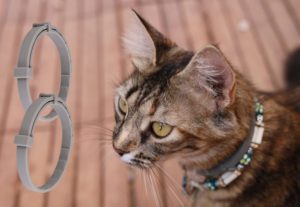Cat Claw Trimming is a vital aspect of cat care since their claws can become exceedingly sharp and lead to harm for them, you, or your belongings. Nevertheless, this grooming part is not easy and can be stressful for both you and your feline companion.The good news is that this is achievable, and with practice, you can become comfortable Cat Claw Trimming. In this article, we aim to assist you with how to trim your Cat Claw by providing clear instructions and valuable tips to ensure you can perform it safely and with ease.
Do Cat Claws Need to Be Trimmed?
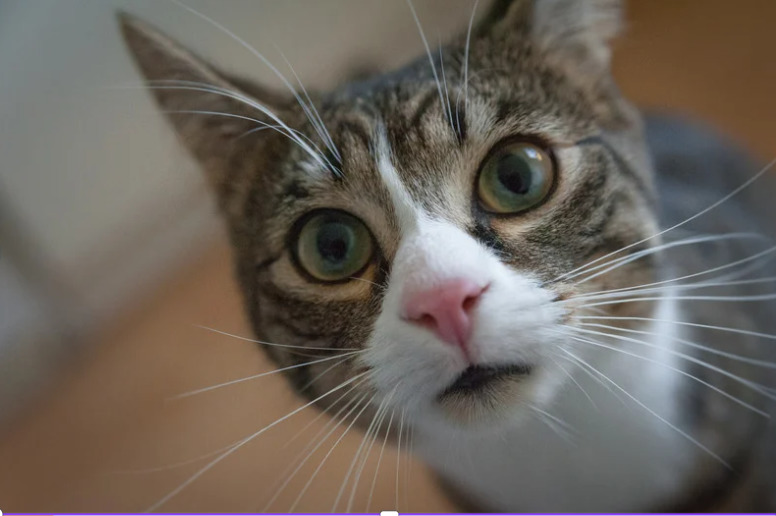
Yes, trimming your cat’s claws is a vital part of cat grooming. It keeps their claws healthy and prevents them from getting too sharp or causing damage. You can learn more about cat grooming mistakes on our page: Cat Grooming Mistakes. By avoiding these common errors, you can take good care of your furry friend.
Your cat’s claws need trimming every two to four weeks, depending on their growth and scratching habits. This grooming task has many benefits for your cat’s well-being and your comfort. Here are some of them:
Preventing injuries
Regular trimming helps prevent injuries to you, your cat, and other pets or people. Cats with overly long claws are more likely to accidentally scratch and cause harm.
- Injuries to you: Cat scratches can be painful and may lead to infections or allergic reactions. They can also damage your furniture, clothes, or other belongings. Trimming your cat’s claws can reduce the risk of getting scratched and keep your home in good condition.
- Injuries to your cat: Cat claws can get caught on carpets, fabrics, or other objects and tear off partially or completely. This can cause bleeding, pain, and infection. Torn claws may also affect your cat’s mobility and balance. Trimming your cat’s claws can prevent them from getting snagged and ripped off.
- Injuries to other pets or people: Cat claws can also injure other animals or humans that your cat interacts with. This can cause fights, wounds, or diseases. Trimming your cat’s claws can make your cat less aggressive and more sociable with others.
Protecting your belongings
By keeping your cat’s claws trimmed, you can safeguard your furniture, curtains, and other belongings from scratching damage.
Reducing the risk of infection or ingrown nails
When a cat’s claws are too long, they can grow into the paw pads, leading to discomfort, infection, and pain. Trimming prevents such complications.
Improving comfort and mobility
Overgrown claws can cause discomfort and affect your cat’s mobility. By maintaining their claws at an appropriate length, you enhance their overall comfort and well-being.
Avoiding declawing
Regular trimming eliminates the need for declawing, a painful and irreversible surgery that should be avoided whenever possible. Declawing can lead to behavioral issues and health problems in cats.
How to Tell If a Cat’s Claws Are Too Long
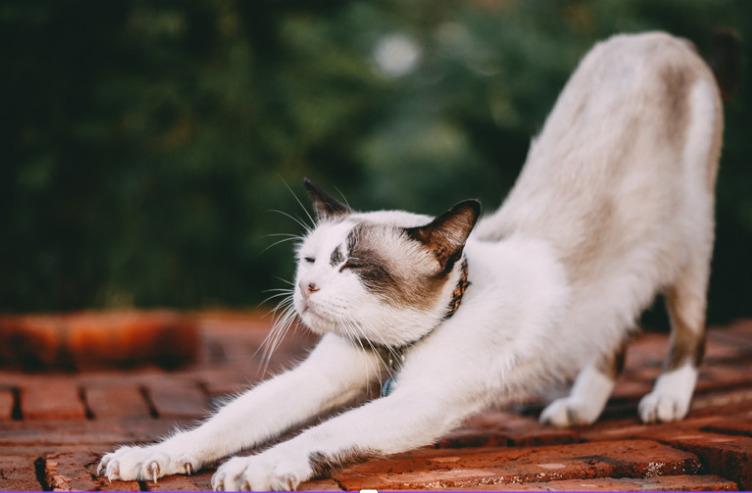
To determine whether your cat’s claws require trimming, it’s important to know what signs to look for. Here are some indications that your cat’s claws may be too long:
Curved or pointed claws
If you observe that your cat’s claws are curved, pointed, or sticking out of the paw pads, it’s a clear sign that they need trimming.
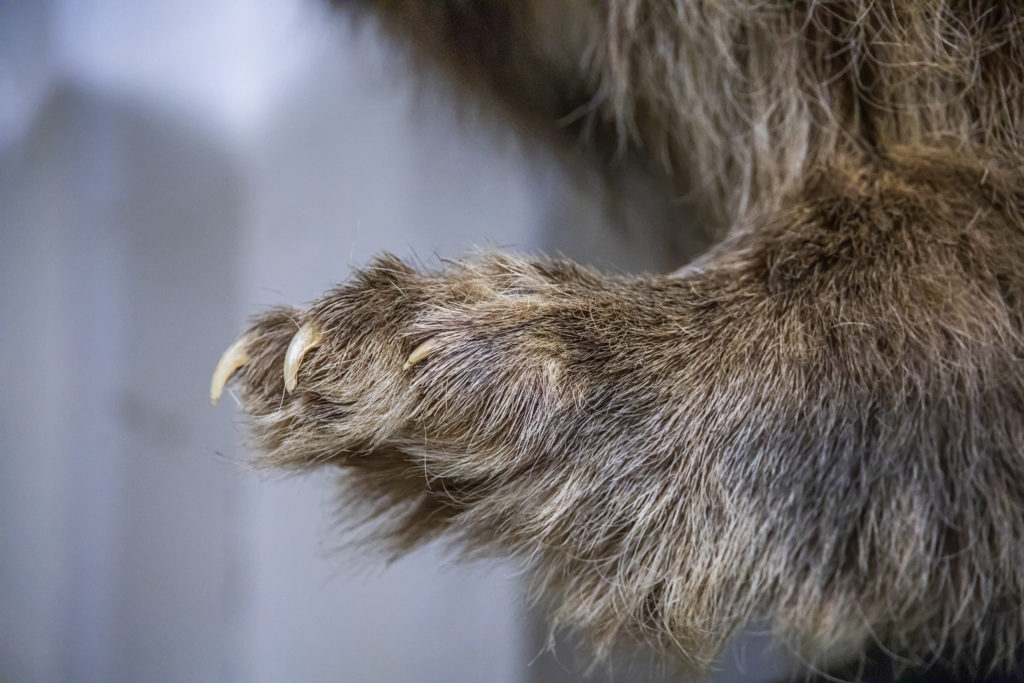
Clicking sound
When your cat walks on a hard surface, listen for a clicking sound. If you hear it, it indicates that the claws are too long.
Claw visibility
Gently press on the paw pad to extend the claw. Assess the length of the clear part versus the pink part. The clear section can be trimmed, while the pink part contains blood vessels and nerves, and should be avoided.
Remember, it’s crucial to avoid cutting into the quick of the claw, as it can cause pain and bleeding for your feline companion.
How to Safely Trim a Cat’s Claws
Trimming your cat’s claws safely requires a calm environment, suitable tools, and a gentle approach. Follow these step-by-step instructions to ensure a stress-free experience for both you and your furry friend:
Choose the right location
Select a calm and quiet location where you and your cat can feel comfortable. It’s best to trim their claws when they are relaxed, such as after a meal or a play session.
Gather the necessary tools
Equip yourself with a specialized pair of scissors, pliers-like clippers, or guillotine-style clippers designed specifically for cats. Ensure that the blades are sharp and clean. Alternatively, you can use small-sized human nail clippers.
Prepare your cat

Hold your cat in your lap or place them on a table, facing away from you. In case your cat tends to be nervous or aggressive during the process, it’s helpful to have someone assist you by holding or distracting them with treats or toys.
Extend the claws
Take one paw in your hand and gently press on the top and bottom of the paw joint just behind the claw. This pressure will cause the claw to extend, allowing you to see it clearly and determine how much to trim.

Trim the claws
Using the appropriate tool, cut only the sharp tip of the claw, while avoiding the quick. If you’re uncertain about the length to trim, start with a small amount and reassess. It’s always better to err on the side of caution.
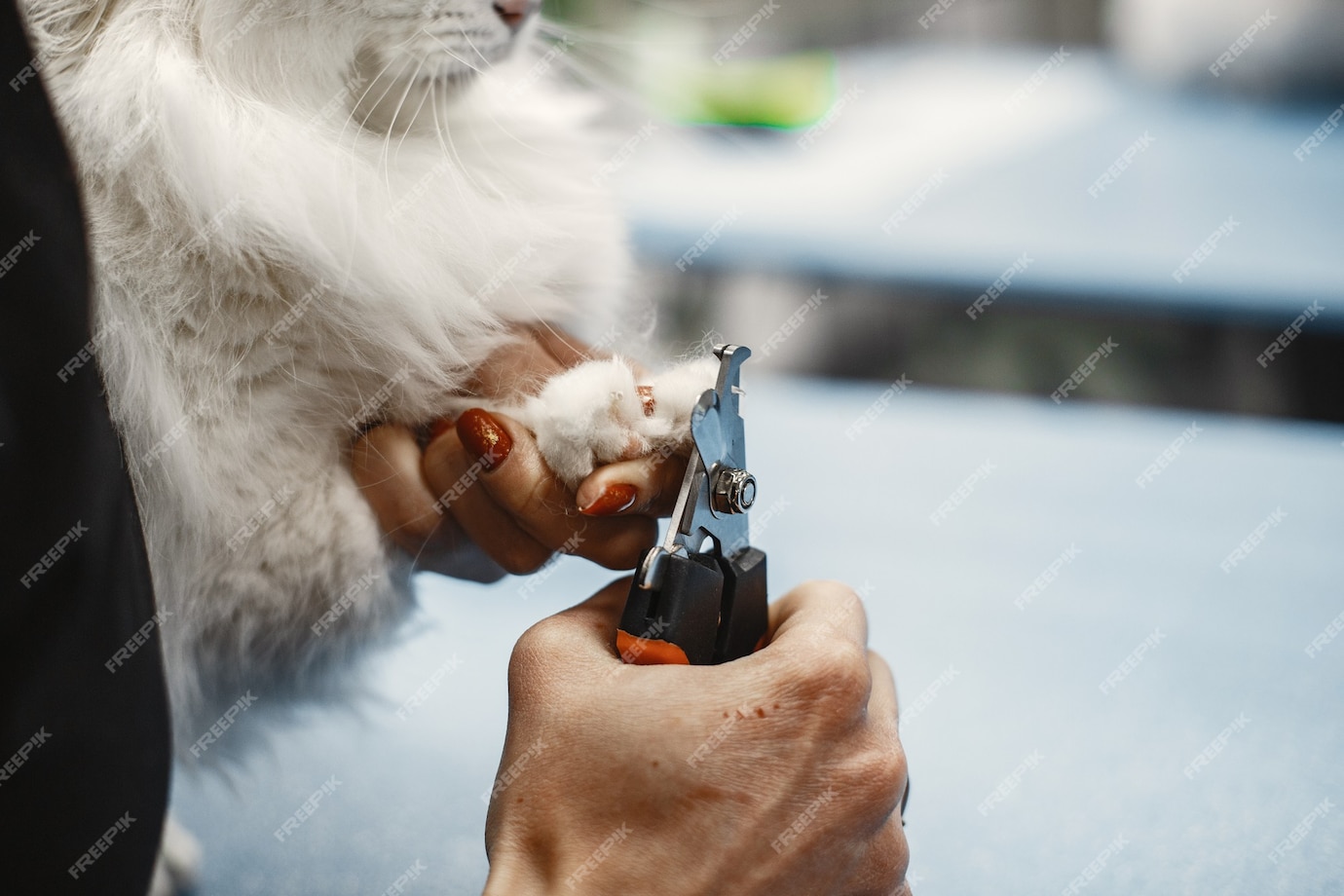
Reward after your Cat Claw Trimming
After trimming one claw, release the paw and offer your cat a treat or praise if they tolerated the process well. Positive reinforcement helps create a positive association with claw trimming.
Continue with other claws
Proceed to trim the remaining claws on the same paw before switching to the other paw. Remember to take breaks if your cat becomes restless or unhappy, as it’s important to maintain a stress-free environment.
Check for bleeding or infection
After trimming, examine the claws for any bleeding or signs of infection. If you accidentally cut into the quick and bleeding occurs, apply some styptic powder, cornstarch, or dry soap to stop the bleeding. If bleeding persists or the claw appears swollen or red, contact your veterinarian for further guidance.
How to Train a Cat to Tolerate Cat Claw Trimming
Some cats may resist claw trimming due to an aversion to having their paws touched or fear of the clippers. However, with patience and gradual training, you can help your cat become more comfortable with the process. Here are some tips to facilitate the training:
Start early
Begin training your cat as a kitten or as soon as possible to familiarize them with having their paws touched.
Paw massage
Gently massage your cat’s paws for a few seconds each day, gradually increasing the duration. Reward them with treats or praise when they allow you to do so. This practice helps desensitize them to paw handling.
Introduce the clippers
Leave the clippers in a visible area where your cat can see and smell them. You can also place treats on or near the clippers to encourage your cat to approach them and associate them with positive experiences.
Acclimate to the sound
Familiarize your cat with the sound of the clippers by cutting a piece of dry spaghetti near their paws. Offer treats or praise simultaneously to create a positive association between the sound and rewards.
Gradual trimming
Initially, trim only one or two claws at a time until your cat becomes accustomed to the process. After each successful session, reward them with treats or praise. Over time, gradually increase the number of claws trimmed per session.
What Are Some Alternatives to Cat Claw Trimming?
If you find yourself unable or unwilling to trim your cat’s claws directly, there are alternative methods that can help protect both your cat and your belongings. Consider the following alternatives:
Provide scratching posts, mats, or toys
Offer your cat suitable alternatives for scratching, such as scratching posts, mats, or toys. These items allow them to file their claws naturally. Sprinkling some catnip on these objects can make them more enticing to your cat.
Soft plastic caps
You can apply soft plastic caps to your cat’s claws. These caps cover the tips and prevent them from scratching surfaces. They are typically glued on and last for four to six weeks. You can purchase them online, at pet stores, or have your veterinarian apply them for you.
Professional grooming or veterinary assistance
If trimming your cat’s claws proves challenging or overwhelming, you can take them to a professional groomer or veterinarian who can handle the task for you. While this may be more costly and potentially stressful for your cat, it can save you time and alleviate the hassle of doing it yourself.
Conclusion
Trimming your cat’s claws is an essential aspect of their grooming and overall well-being. By following the steps and tips outlined in this article, you can safely and easily trim your cat’s claws at home, fostering a positive experience for both you and your feline companion.
Regular claw trimming helps prevent injuries, infections, and damage to your belongings, while also improving your cat’s comfort and mobility. Remember to be patient, use the right tools, and provide positive reinforcement to make the process as stress-free as possible.
With a passion for cats and years of experience in cat care and grooming, I have gained valuable insights and expertise that I want to share with other cat lovers. I believe that every cat deserves the best care possible, and through this platform, I aim to empower cat owners like you to provide the utmost love and care for your feline companions.
